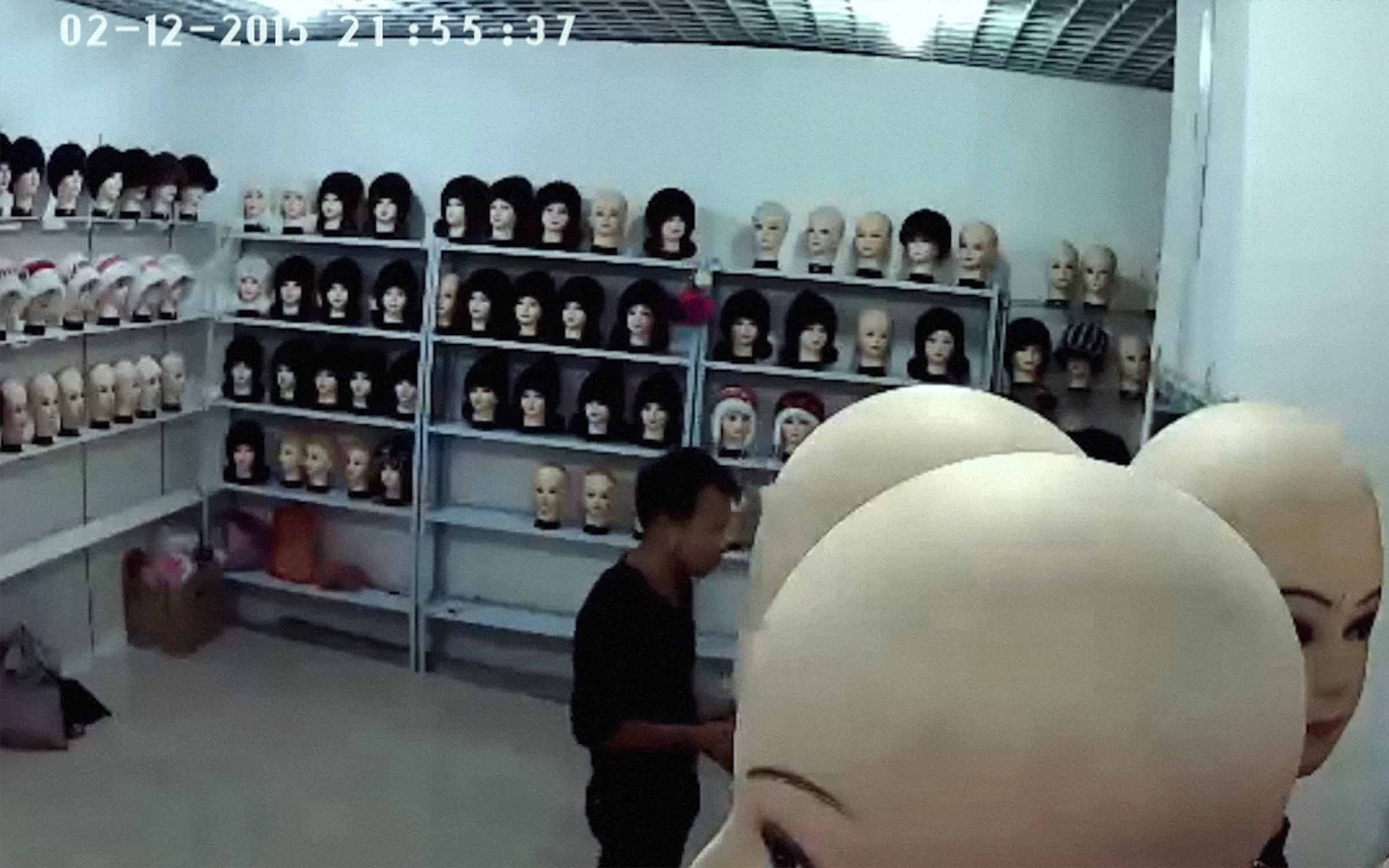A new species of filmmakers is born, says Art Basel’s Film curator Maxa Zoller
From Charlotte Prodger to Rä di Martino, meet the contemporary avant-garde
Artists’ filmmaking has entered a new era, propelled by digital innovation and contemporary theory. That's the belief of Art Basel’s film curator Maxa Zoller, who will give an apercu of the latest developments in moving image in a program gathering heavyweights such as Ai Weiwei and William Kentridge , as well as more emerging names including Hiwa K and 2018 Turner Prize-nominee Charlotte Prodger. The program, which opens on June 11, 2018, will also feature a special screening of Heather Lenz’s Kusama – Infinity (2018), a documentary chronicling Yayoi Kusama's life, selected by Marian Masone.
‘A new kind of avant-garde cinema has evolved over the last years,’ says Zoller, who is curating Art Basel’s film sector in Basel for the fourth year running. ‘In its quality and innovation it might be similar to the avant-garde cinema of the early New Wave,’ she adds. ‘Because of digital technologies a new “species” of filmmakers was able to hatch and we are witnessing the first steps of this new generation.’

The New Wave comparison is telling. Like their French predecessors, many artists included in Zoller’s selection tackle filmmaking conventions head-on, unsettling the boundaries between storytelling and film production. Rä di Martino’s Controfigura (2017), presented by Monica De Cardenas, is a case in point. The title refers to stand-in actors, often used in the industry. But rather than removing her stand-in from the picture, di Martino’s film features at once the stand-in, actors, and the crew at work. ‘All of a sudden we, the audience, are thrown out of and beyond our conventional reference points of “fiction” and “reality”’, says Zoller. ‘This creates a mental game.’
The artists in her program tamper with traditional modes of narration, using contemporary material. For his first feature film, Dragonfly Eyes (2017), Xu Bing worked with CCTV footage downloaded from the Internet. The artist then reordered the found images to conjure up a romantic intrigue between a Buddhist nun and a dairy farm employee. ‘For me, this is a paradigm-shifting work, as it redefines what cinema can be,’ says Zoller. Dragonfly Eyes is also a radical departure for Xu, who is primarily known for his calligraphic and sculptural work. The film is presented by Tokyo Gallery + BTAP.

French cinema is only one of many historical references in Zoller’s program. One of her screenings, Taking Art for a Walk, nods to Richard Long’s iconic Land Art piece A Line Made by Walking (1967). In it, the curator combines Nancy Holt and Robert Smithson’s Swamp (1971), presented by James Cohan Gallery , with Charlotte Prodger’s LHB (2017), courtesy of Hollybush Gardens, and Hiwa K’s Pre-Image (Blind As The Mother Tongue) (2017), presented by KOW. Prodger’s exploration of ‘queer rurality’ and territoriality sheds a new light on Holt and Smithon's thwarted progression through a New Jersey marshland – as does Hiwa K's own walk, which retraces the journey the artist took as a child from Turkey to Italy.
‘I see a shift in terms of the kind of statements/arguments that the artists put forward,’ Zoller concludes. ‘When marginal topics such as transgender or racism were primarily represented in dialogue with dominant modes of representation, this new generation of artists speaks their own language that has been firmly established over the last twenty years and as such it is radical, clear and loud!’
Header image: Rä di Martino, Controfigura, 2017. Courtesy of Monica De Cardenas.

